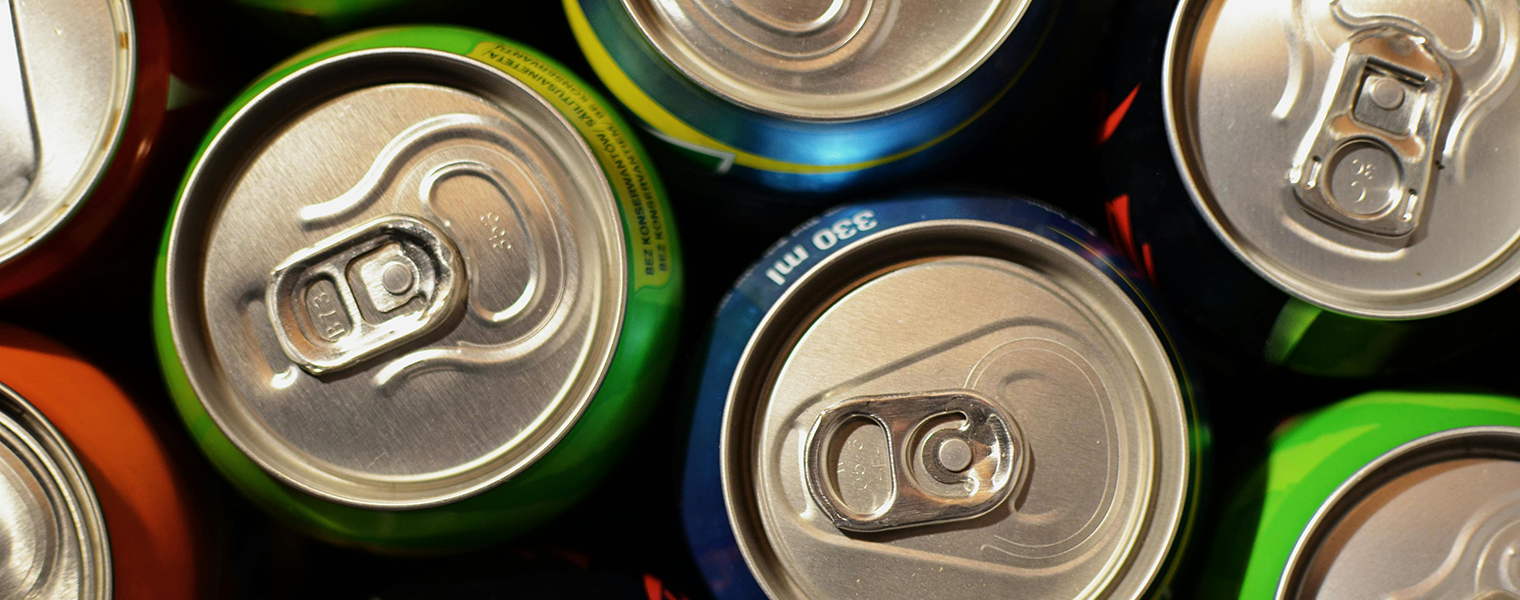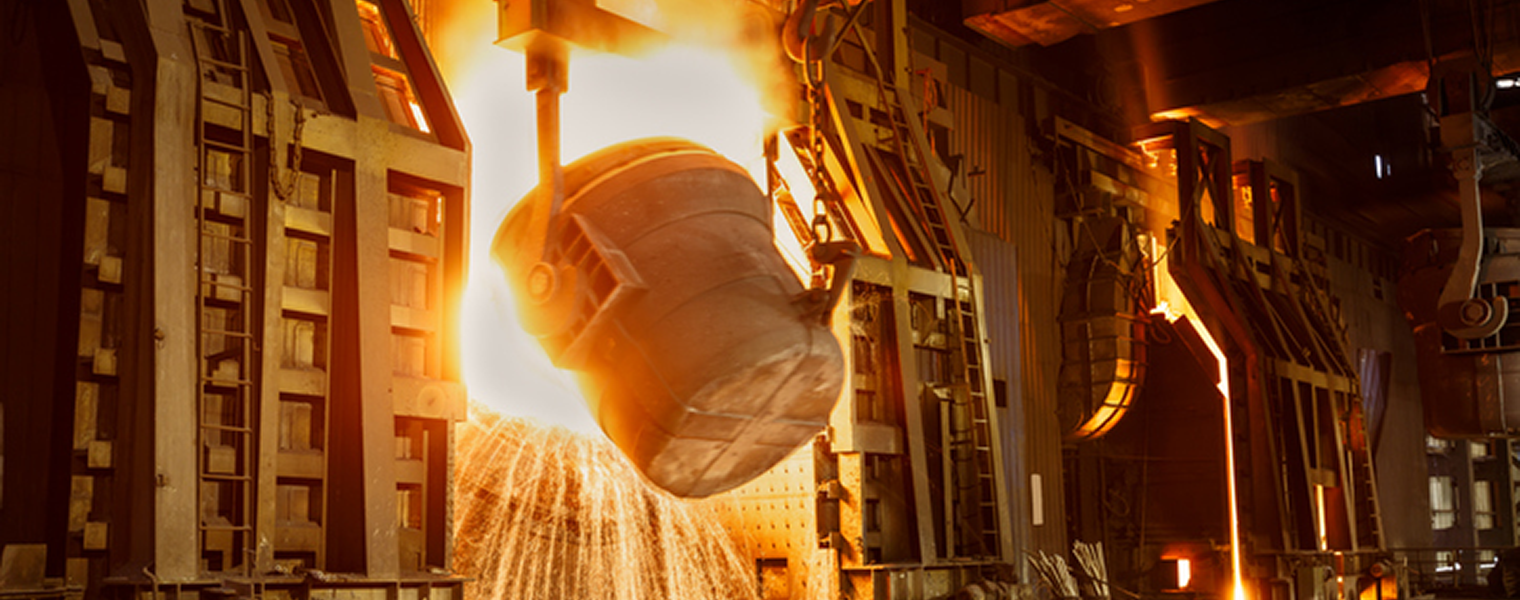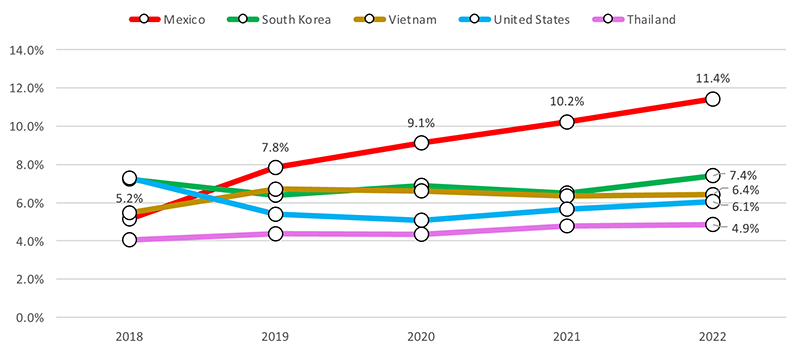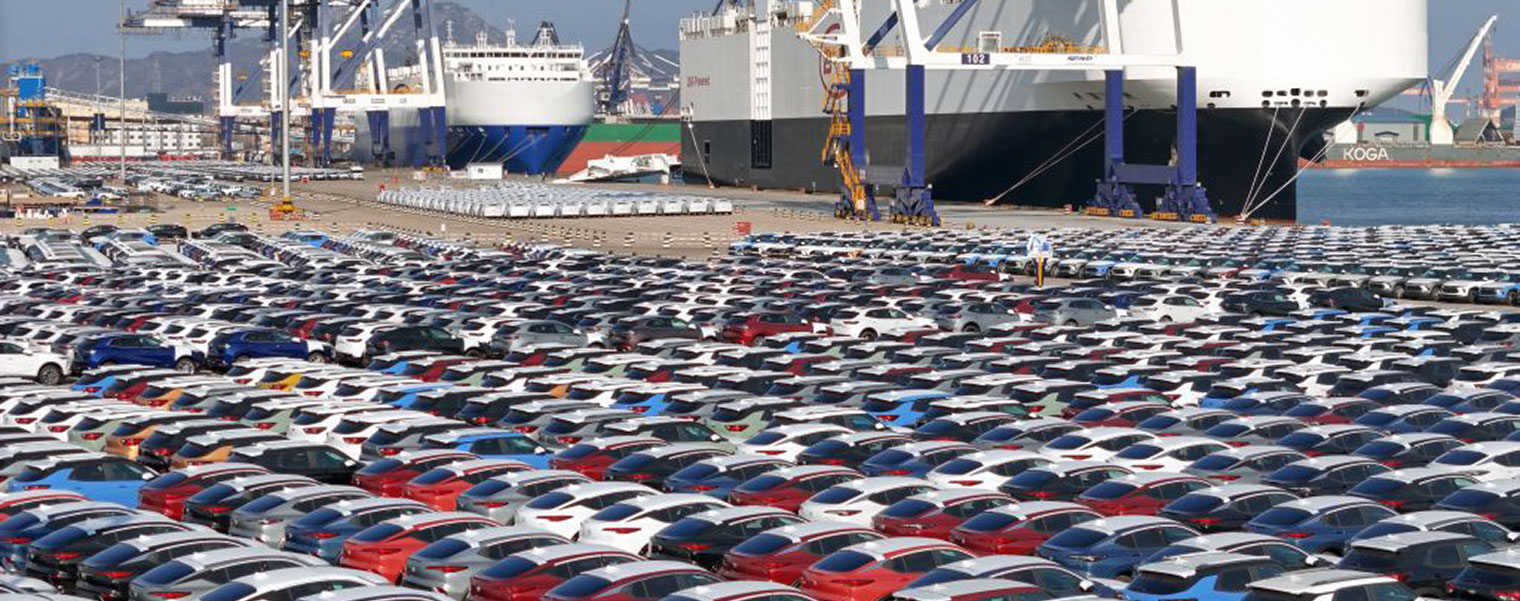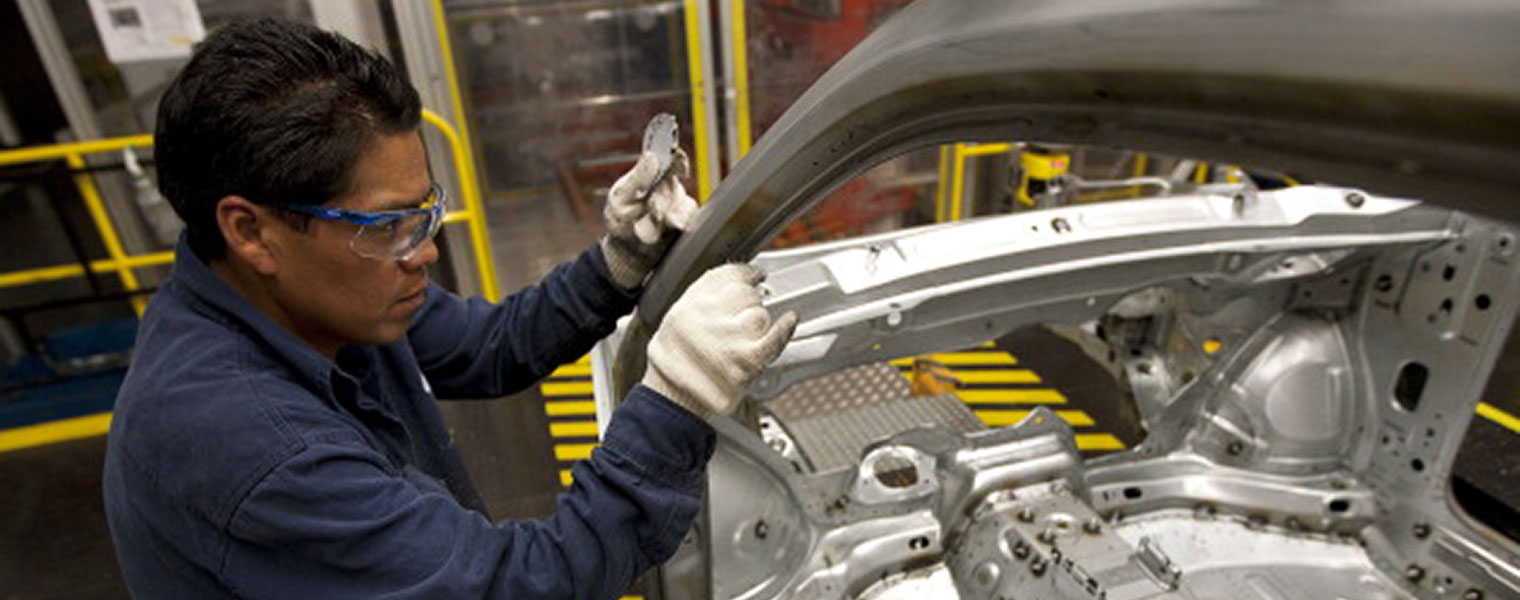It is in the bicycles we ride and the cars we drive, the electronics we use, and the satellites that get us where we need to be. It provides a roof over our heads and allows skyscrapers to soar. It's a chameleon in industry: light enough for fuel-efficient vehicles and strong enough for aircraft fuselages. Best of all, it's endlessly recyclable.
With global aluminum demand expected to increase by 40% by 2030 as the world shifts to cleaner energy and transportation, scrutinizing its global supply chain to safeguard against labor exploitation is now more important than ever.
Photo Credit: Breakingpic/Pexels
Aluminum soda cans.

